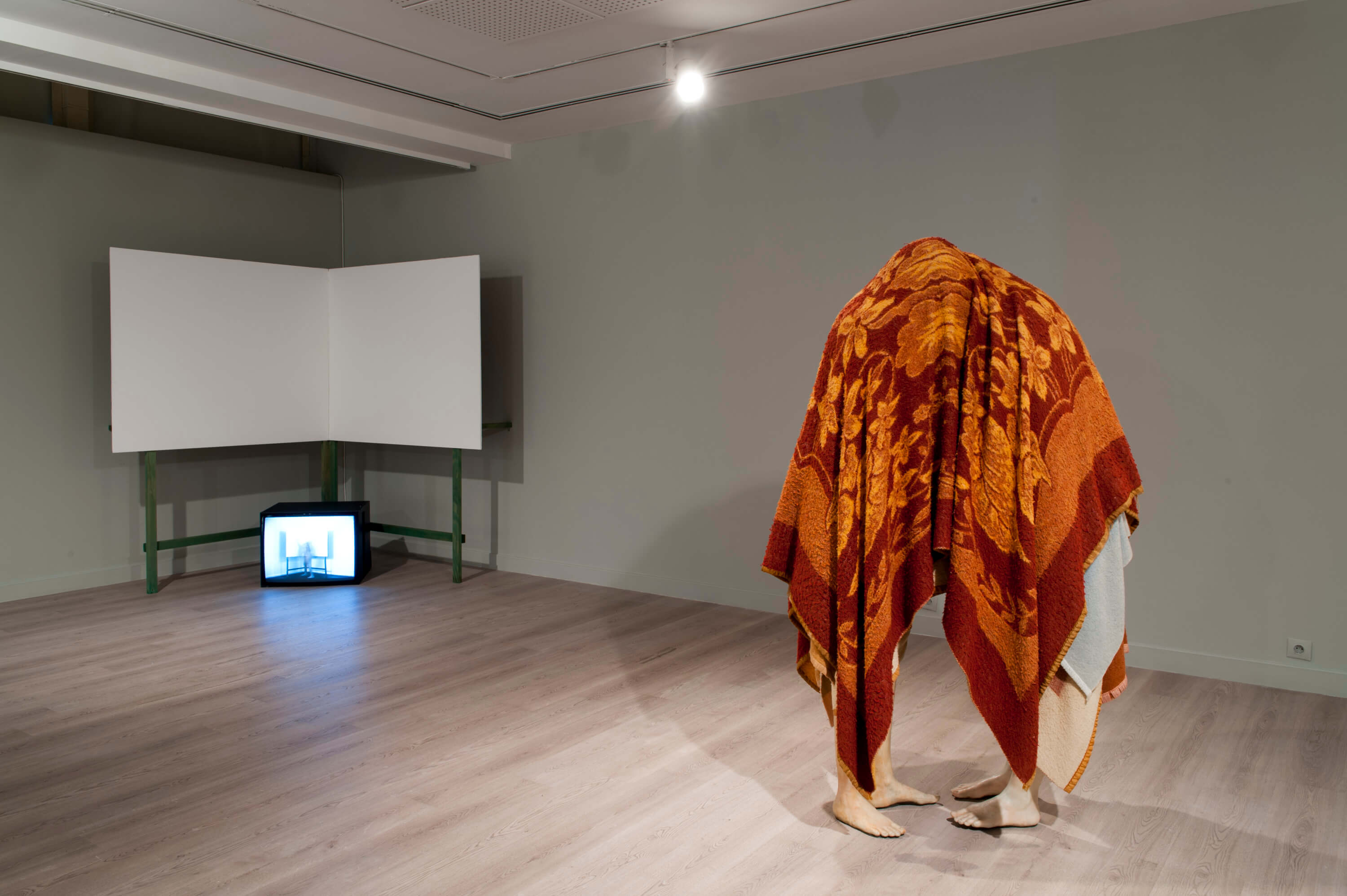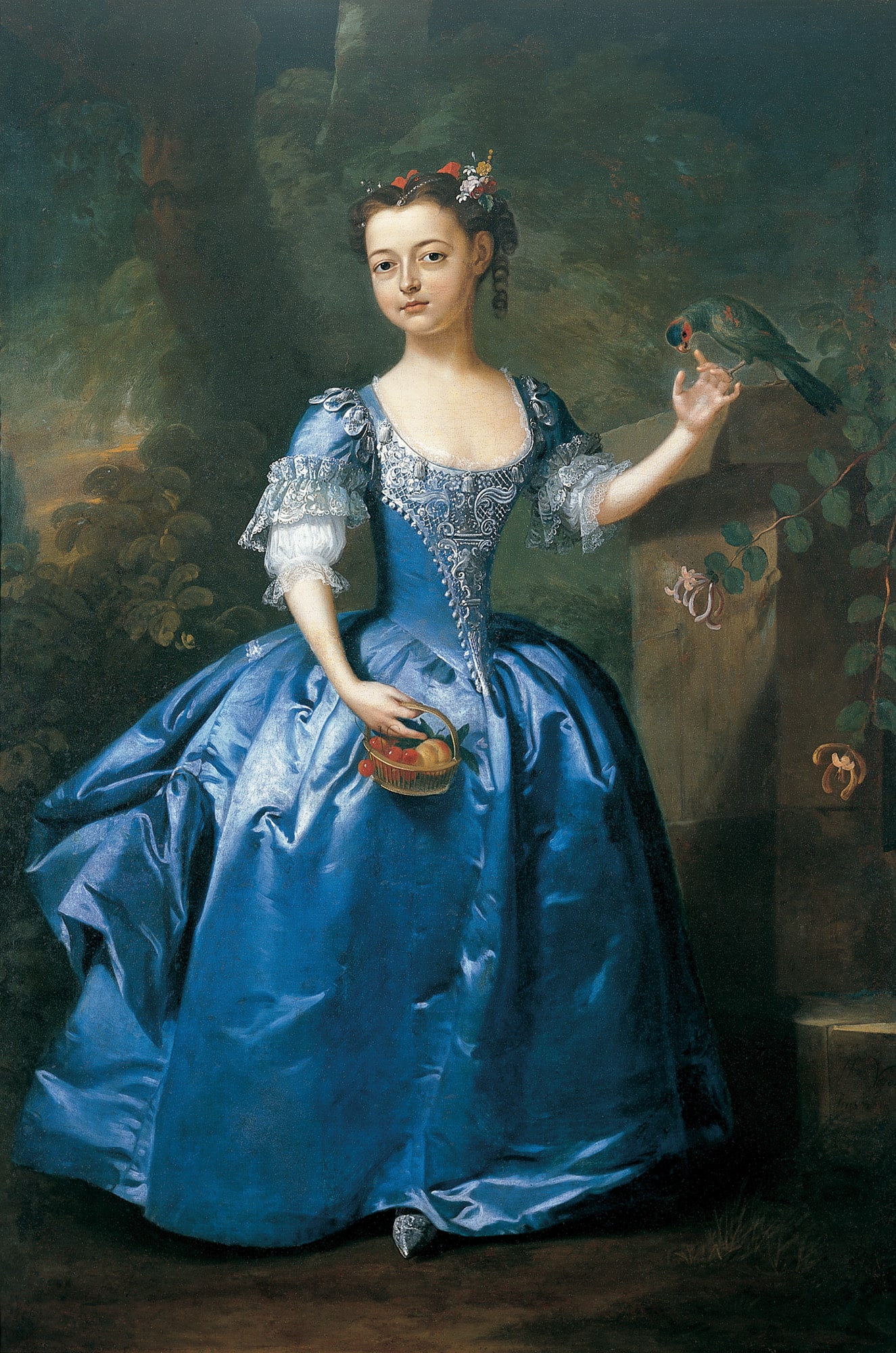Good Things, 2003,
3 min 52 s, colour, sound (music: Götterdämmerung)
Courtesy of Upstream Gallery
The part played by the ‘Gothic’ and post-punk subcultures in the work of the Dutch artist Marc Bijl is as important as political activism. In this work, he appropriates a song recorded by the British post-punk band The Sisters of Mercy in the 1980s and reinterprets it with his own band, Götterdämmerung, as the background sound for a series of images of depressed or half-abandoned outlying areas. Each video shot reveals details of public spaces previously covered in graffiti by the same artist which reproduces the lyrics of the song in their entirety, line by line. The counterpoint between the ‘good things’ the song speaks of and the images of outlying neighbourhoods and ‘non-places’ is an aid to reflection on the role of pop as an instrument of protest.

Pera Museum, in collaboration with Istanbul Foundation for Culture and Arts (İKSV), is one of the main venues for this year’s 15th Istanbul Biennial from 16 September to 12 November 2017. Through the biennial, we will be sharing detailed information about the artists and the artworks.

This life-size portrait of a girl is a fine example of the British art of portrait painting in the early 18th century. The child is shown posing on a terrace, which is enclosed at the right foreground by the plinth of a pillar; the background is mainly filled with trees and shrubs.
Tuesday - Saturday 10:00 - 19:00
Friday 10:00 - 22:00
Sunday 12:00 - 18:00
The museum is closed on Mondays.
On Wednesdays, the students can
visit the museum free of admission.
Full ticket: 300 TL
Discounted: 150 TL
Groups: 200 TL (minimum 10 people)